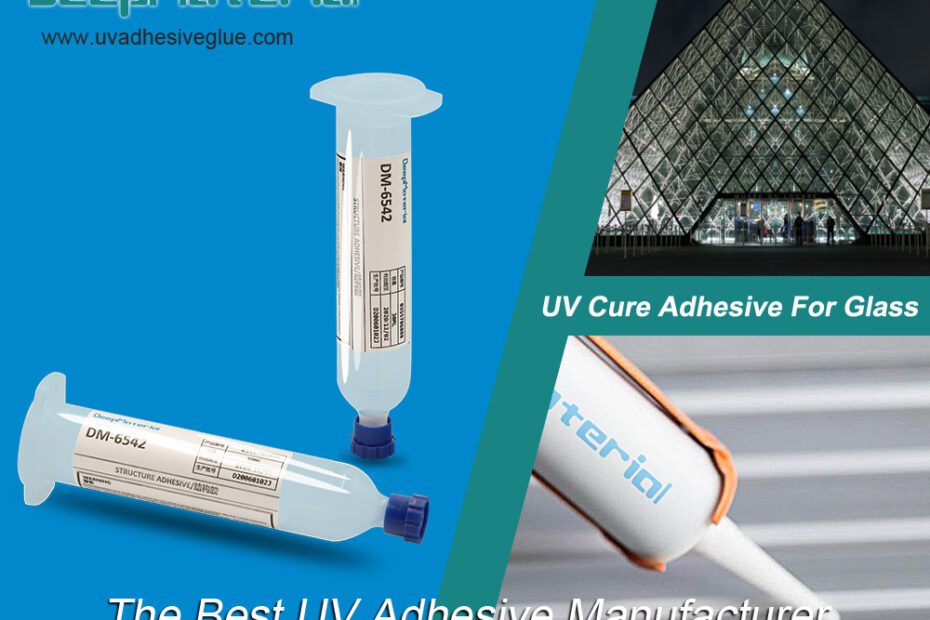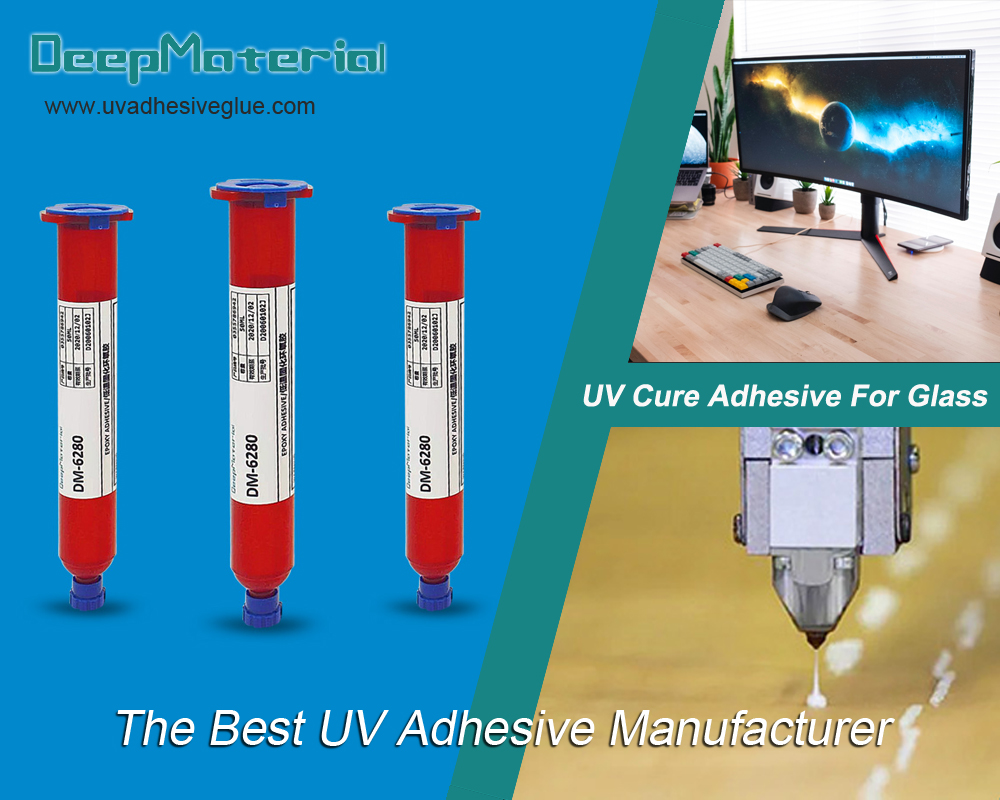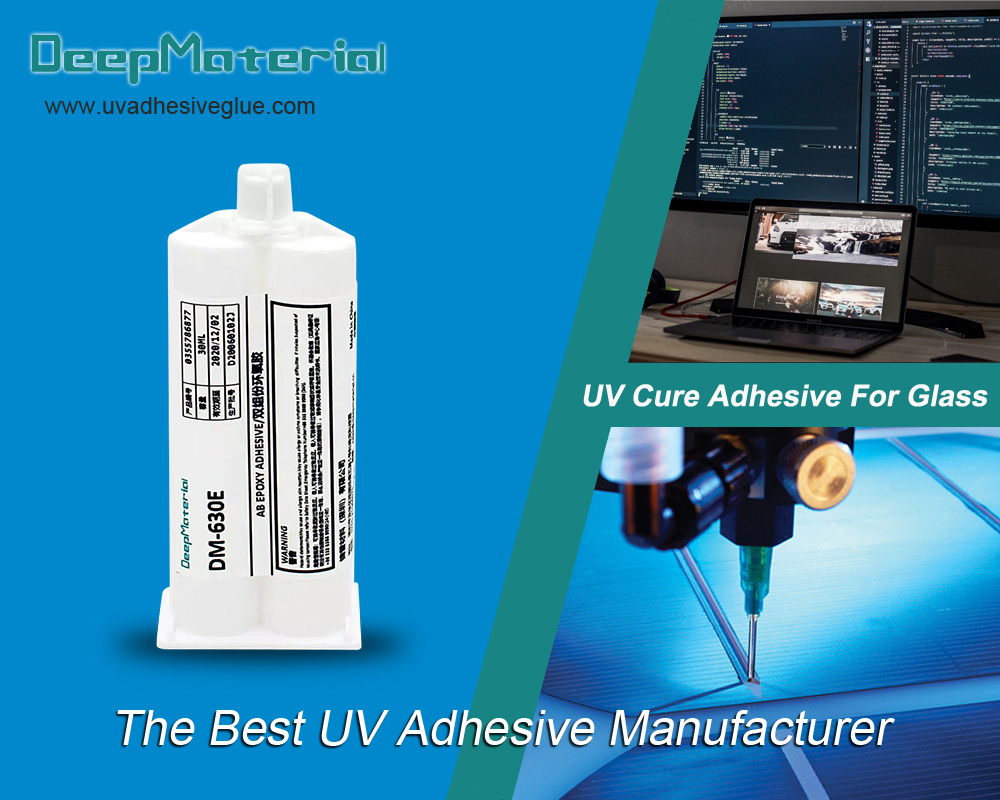Revolutionizing Bonding: Exploring the Advancements in Structural UV-Curing Adhesives
In 2023, the role of bonding is paramount in many industries. In case you are not aware, bonding refers to joining of different materials to create a functional or structural assembly. Bonding is vital to manufacturing, automotive, construction, electronics, aerospace and other industries. Bonding is not exclusive to any particular sector. Rather, it is an essential technique required in the production of many structures and products.
In this post, we explore the new trends in the bonding industry. Therefore, we consider the notable advancements in structural UV-curing adhesives.
The Limitations of Traditional Bonding Methods
Traditional bonding methods are fast becoming obsolete these days. Examples of traditional bonding methods are soldering, mechanical fastening, and welding. There are several drawbacks or limitations for using the traditional methods mentioned in the preceding sentence.
A good example is welding. It generates a large amount of heat that can distort or even damage materials during bonding. Also, mechanical fasteners are quickly losing their relevance in the scheme of things because they generate enough stress that can reduce the bond in joints.
The limitations described above have set the stage for many contemporary alternatives, including structural UV-curing adhesives. And guess what? These solutions have been perfect for recent applications.
Adhesives Technology & Their Evolution
The evolution of adhesive technology is a fascinating journey that spans thousands of years and has witnessed remarkable advancements. Adhesives have played a crucial role in various industries and applications. Below is what you need to know about the evolution of adhesive technology.
- Natural Adhesives– Adhesives are as old as you can think. They are as old as ancient civilizations. The people of old used plant resins, beeswax, and animal glues. Different bond materials were also employed. While the natural adhesives had their benefits, they were often sourced from natural sources and had great limitations.
- Ancient Adhesives– Historical records show that various cultures, including the Egyptians, Greeks, and Romans, used adhesives for construction, pottery, and even medical purposes. For example, the Egyptians used a mixture of animal and plant-based adhesives to construct furniture and coffins.
- Early Civilizations– Several improvements have trailed the adhesive technology industries due to the advancements in science. Craftsmen explored better adhesive formulations, including materials such as casein-based and fish glue adhesives. The developments improved furniture making, book-binding, and many other trades.
- Advancements in 19th Century– The 19th century witnessed significant developments in adhesive technology. Charles Goodyear’s discovery of vulcanized rubber led to the creation of rubber-based adhesives. Additionally, the invention of celluloid, a thermoplastic material, opened up new possibilities in adhesive applications.
- Advancements in the 20th Century– The revolution in the bonding industry began in the 20th century. Resins and synthetic polymer research and develop birthed a spectrum of adhesive solutions like epoxy, polyurethane, cyanoacrylate (super glue), and many others. These adhesive options were better than their predecessors because they guaranteed more durability, strength, and versatility.
- Special Adhesives– As the diversification of industries became more pronounced due to tech advancements, specialized adhesives were formulated to meet specific needs. Aerospace and automotive industries, for example, required adhesives with high-temperature resistance and exceptional strength. Medical and food industries demanded adhesives that were biocompatible and safe for human consumption.
- Green Adhesives– The clamor for environmentally-friendly adhesives have been on the front burner in global forums. That is why water-based adhesives have suddenly become a household name because they don’t have any negative effects on the surroundings. There has been ongoing research concerning bio adhesives gotten from renewable sources. It is also worth mentioning that such adhesives are gradually becoming a trend today.
- Nanotech & Advanced Materials– Nanotechnology has been integrated into adhesive development, resulting in nano-adhesives with remarkable properties. These adhesives offer enhanced strength, heat resistance, and even self-healing capabilities.
- UV-Curing Adhesives– This type of adhesive indicates a major shift in modern adhesive applications. Such adhesives have a reputation for curing quickly whenever they are exposed to ultraviolet light, thereby ensuring benefits such as enhanced bond strength, shorter processing time, as well as environmental advantages.
- The Future– The future of adhesive technology holds promise for further innovations. Researchers are exploring smart adhesives that can respond to environmental conditions and self-repair, opening up possibilities for applications in robotics, electronics, and healthcare.
The evolution of adhesive technology reflects human ingenuity and the ongoing quest for more effective, efficient, and sustainable ways to bond materials together. From ancient natural adhesives to modern synthetic and UV-curing adhesives, each era has contributed to the diverse range of adhesives available today. Ultimately, this has helped in transforming industries and shaping the way we build, create, and innovate.
The Importance of Structural UV-Curing Adhesives
The relevance of structural UV-curing adhesives in structural applications cannot be overemphasized. The adhesives guarantee many advantages that make them perfect for use in several industries. In this section, we look at some of those benefits in a nut shell.
- High Bond Strength– UV-curing adhesives can achieve strong and durable bonds. They form a robust, cohesive bond between materials, often exceeding the strength of the materials being bonded themselves. This high bond strength is crucial in structural applications where the integrity of the assembly is paramount.
- Rapid Curing – Structural UV-curing adhesives cure as soon as you apply them. They do not take long to cure. The ability to cure quickly reduces the time required to assemble and produce products. Unlike traditional bonding methods, UV-curing adhesives cure fast.
- Precision & Control– UV-curing adhesives offer precise control over the curing process. Manufacturers can fine-tune the adhesive application and ensure uniform distribution before curing.
- Minimal Heat Generation– Unlike many other adhesive systems, UV-curing adhesives do not generate heat during the curing process. This feature is essential when bonding temperature-sensitive materials or components. It eliminates the risk of thermal distortion or damage to delicate parts.
- Chemical Resistance– UV-curing adhesives often exhibit excellent resistance to chemicals, including solvents, oils, and acids. This resistance is vital in industries such as automotive, aerospace, and electronics, where components may be exposed to harsh environments.
For more about choosing the Advancements in Structural UV-Curing Adhesives, you can pay a visit to DeepMaterial at https://www.uvadhesiveglue.com/product/ for more info.


